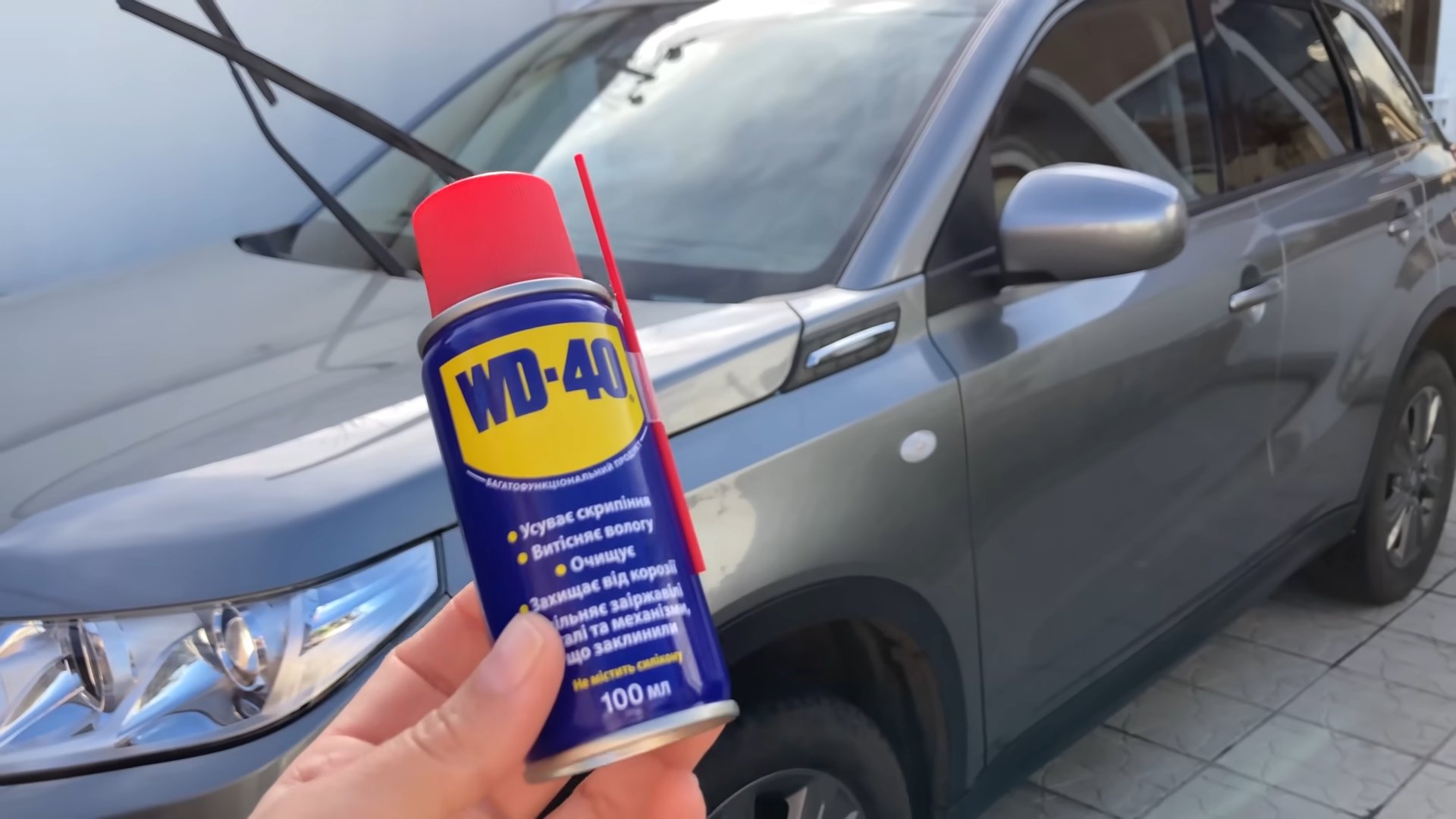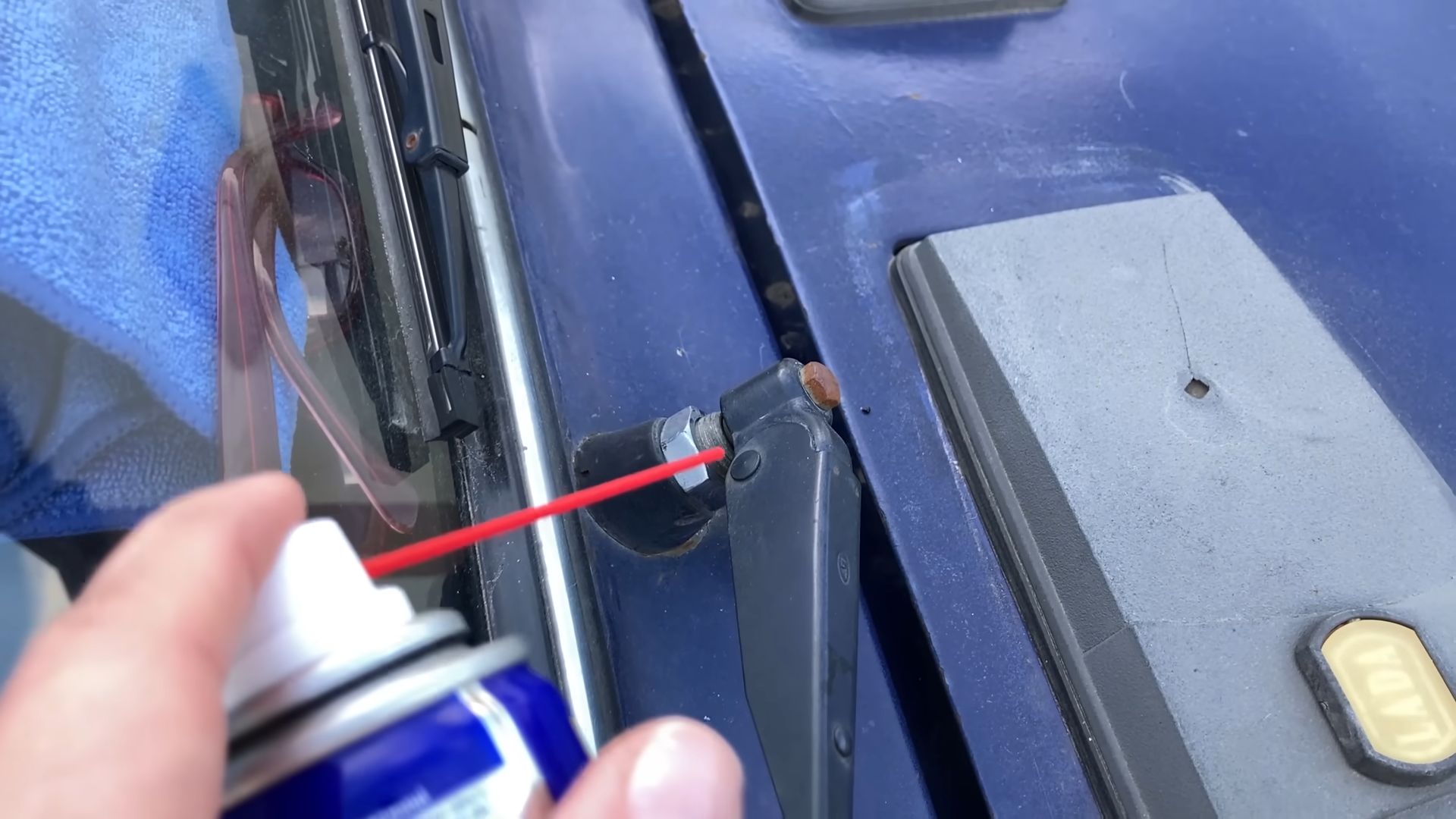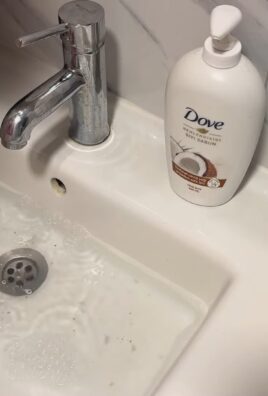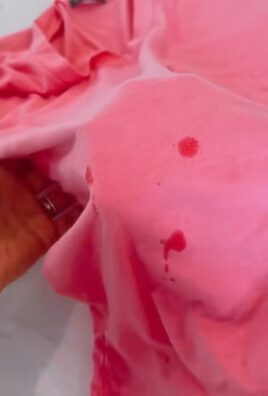WD40 Car Maintenance Tips: A Spray of Solutions for Your Ride
I’ve always loved tinkering with cars, and over the years, I’ve discovered some amazing tricks that make car maintenance easier and more affordable. One of my absolute go-to products for a wide range of car care tasks is WD-40. This isn’t just your grandpa’s lubricant; it’s a versatile solution with surprising applications beyond its original intent. This article is packed with WD-40 car maintenance tips that will help you keep your vehicle running smoothly and looking great, all while saving you money on professional services.
While WD-40’s history might not be as glamorous as some other automotive innovations, its widespread use speaks volumes. Originally developed in 1953 as a corrosion preventative for aerospace components, it quickly found its way into garages and workshops worldwide. Its effectiveness in displacing moisture, lubricating moving parts, and protecting against rust has made it a staple for DIY enthusiasts and professional mechanics alike. But knowing how to use it effectively is key.
Why do you need these WD-40 car maintenance tips? Because they can save you time, money, and frustration! From freeing up sticky mechanisms to protecting your car from the elements, these simple tricks can extend the life of your vehicle and prevent costly repairs down the line. Whether you’re a seasoned mechanic or a complete novice, you’ll find these tips incredibly useful and easy to implement. Let’s dive in and unlock the potential of this versatile product for your car!

WD-40: Beyond the Garage – My Car Maintenance Hacks
WD-40. That iconic blue and yellow can. Most people think of it for squeaky hinges, but I’ve found it’s a surprisingly versatile tool for car maintenance. Here’s how I use it, safely and effectively, to keep my car running smoothly.
Preparing for WD-40 Application
Before you even think about spraying, safety first! Always work in a well-ventilated area. Wear gloves to protect your hands, and eye protection is a good idea too. You don’t want WD-40 in your eyes!
- Gather your supplies: Besides the WD-40, you’ll need some rags, paper towels, possibly a brush (for stubborn grime), and maybe some protective coverings for sensitive areas of your car.
- Identify the target area: Know exactly where you’re applying the WD-40. This prevents accidental spraying on sensitive parts.
- Clean the area: Before applying WD-40, clean the area thoroughly. Dirt and grime can interfere with the WD-40’s effectiveness and potentially create a bigger mess.
Using WD-40 for Specific Car Problems
Here are some of my go-to WD-40 car maintenance hacks:
1. Removing Sticky Stickers and Residue
- Lightly spray the WD-40 onto the sticker or residue. Don’t soak it!
- Let it sit for a few minutes to soften the adhesive.
- Use a plastic scraper or your fingernail (carefully!) to gently peel away the sticker. If it’s stubborn, repeat steps 1 and 2.
- Wipe the area clean with a rag or paper towel.
2. Lubricating Squeaky Hinges and Mechanisms
- Identify the squeaky hinge or mechanism (door hinges, hood hinges, trunk hinges, etc.).
- Spray a small amount of WD-40 directly onto the hinge pin or moving parts. Avoid over-spraying.
- Work the hinge or mechanism back and forth several times to distribute the lubricant.
- Wipe away any excess WD-40 with a rag.
3. Removing Rust and Corrosion (Light Surface Rust Only!)
Important Note: WD-40 is NOT a rust remover for heavy corrosion. It’s best for light surface rust. For significant rust, you’ll need a dedicated rust remover.
- Spray the rusted area with WD-40. Let it penetrate for about 15-20 minutes.
- Use a wire brush or a stiff-bristled brush to scrub away the loosened rust.
- Wipe the area clean with a rag.
- Consider applying a rust preventative after cleaning.
4. Cleaning and Protecting Chrome
- Spray a small amount of WD-40 onto a clean rag.
- Gently wipe the chrome surface, working in small sections.
- Buff the chrome with a clean, dry cloth to restore its shine.
5. Removing Road Tar and Grime
- Spray the affected area with WD-40. Let it sit for a few minutes.
- Use a rag or brush to scrub away the tar and grime.
- Rinse the area with water and dry thoroughly.
6. Protecting Against Moisture (Limited Use)
While WD-40 isn’t a long-term water repellent, it can offer temporary protection against moisture in certain situations. For example, you can spray it on your car’s electrical connections before a heavy rain.
- Apply a light coat of WD-40 to the electrical connections, ensuring it doesn’t get into the internal components.
- Allow it to dry before driving.
- Remember: This is a temporary solution. For long-term water protection, use a dedicated water repellent.
Things to Keep in Mind
- WD-40 is not a lubricant for moving parts that require long-term lubrication. It’s a great temporary solution for squeaks, but for ongoing lubrication, use a dedicated lubricant like grease or silicone spray.
- Avoid spraying WD-40 on painted surfaces. It can dull the paint’s finish. If you accidentally spray it on paint, wipe it off immediately.
- WD-40 is flammable. Keep it away from open flames and sparks.
- Always test in an inconspicuous area first. This is especially important for painted surfaces and sensitive materials.
- Dispose of WD-40 cans responsibly. Check your local regulations for proper disposal methods.
Beyond the Basics: Advanced WD-40 Car Hacks
With a little creativity, you can find even more uses for WD-40 in your car maintenance routine. Experiment (safely!), and you might discover your own unique WD-40 hacks!
For example, some people use it to clean their headlights, loosen stuck bolts, or even remove tree sap. Always remember to test in a small, inconspicuous area first and follow the safety precautions mentioned above.

Conclusion
So there you have it! Mastering these WD-40 car maintenance tips can transform your vehicle upkeep routine. From silencing those pesky squeaks and rattles to preventing rust and freeing up stuck parts, the versatility of WD-40 is truly remarkable. This isn’t just about saving money on expensive professional repairs; it’s about empowering yourself to take control of your car’s health and longevity. This DIY approach is a must-try because it offers a simple, effective, and cost-efficient solution to common car problems. You’ll be amazed at how many minor issues you can resolve with a can of WD-40 and a little elbow grease. Beyond the specific applications detailed, the possibilities are endless. Experiment with WD-40 on other minor car issues, always ensuring you follow safety precautions.
Consider these variations and suggestions to further enhance your WD-40 car maintenance experience:
- For stubborn squeaks: Apply WD-40 liberally and allow it to penetrate for several minutes before attempting to move the affected part. You might need to repeat the application.
- For preventative maintenance: Regularly spray WD-40 on hinges, latches, and other moving parts to prevent rust and ensure smooth operation. This proactive approach can save you from more significant problems down the line.
- For cleaning: WD-40 can effectively remove grime and grease from various car parts. Always test it on a small, inconspicuous area first to ensure it doesn’t damage the surface.
- For lubrication: While WD-40 is a great temporary lubricant, remember that it’s not a long-term solution. For sustained lubrication, consider using a dedicated lubricant after cleaning with WD-40.
- Always remember safety first: Wear gloves and eye protection when using WD-40, and work in a well-ventilated area. Avoid spraying near open flames or hot surfaces.
Don’t just take our word for it! Try these WD-40 car maintenance tips yourself and experience the difference. Share your successes (and even your minor mishaps!) in the comments below. Let’s build a community of DIY car enthusiasts who are empowered to keep their vehicles running smoothly and efficiently. We’re eager to hear about your experiences and learn from each other. Your feedback will help others discover the power of WD-40 for simple car maintenance. Let’s make car care easier and more affordable together!
Frequently Asked Questions
Is WD-40 safe to use on all car parts?
While WD-40 is versatile, it’s crucial to exercise caution. It’s not suitable for all surfaces. Avoid spraying it on rubber seals, brake components, or painted surfaces where it could cause discoloration or damage. Always test it on a small, inconspicuous area first to check for any adverse reactions. For sensitive parts, consult your car’s manual or a professional mechanic.
How often should I use WD-40 for car maintenance?
The frequency depends on the specific application and your car’s conditions. For preventative maintenance on hinges and latches, a monthly application might suffice. For addressing squeaks or stuck parts, you’ll use it as needed. Regularly inspecting your car for potential issues will help you determine when WD-40 is necessary.
Can WD-40 replace professional car maintenance?
No, WD-40 is a helpful tool for minor car maintenance tasks, but it cannot replace professional servicing. Regular professional inspections and maintenance are essential for your car’s overall health and safety. Think of WD-40 as a supplementary tool for addressing minor issues between professional services.
What are the potential downsides of using WD-40?
While generally safe when used correctly, WD-40 can attract dust and dirt if not cleaned properly. It’s also not a long-term lubricant, so it shouldn’t be used as a replacement for dedicated lubricants. Improper use can lead to damage to certain car parts, so always follow safety precautions and test it on a small area first.
Where can I buy WD-40?
WD-40 is widely available at most auto parts stores, hardware stores, and online retailers. It’s a readily accessible product, making it convenient for DIY car maintenance.
Can I use WD-40 on my car’s electrical components?
It’s generally not recommended to use WD-40 on electrical components. While it might temporarily displace moisture, it can also leave behind residue that could interfere with electrical connections. For electrical issues, consult a professional mechanic.
What should I do if WD-40 doesn’t solve the problem?
If WD-40 doesn’t resolve the issue, it’s best to seek professional help. The problem might be more complex than a simple lubrication or cleaning task, requiring specialized tools and expertise. Ignoring persistent problems can lead to more significant and costly repairs later on.
Is WD-40 flammable?
Yes, WD-40 is flammable. Always keep it away from open flames, sparks, and hot surfaces. Work in a well-ventilated area and avoid smoking while using it. Proper safety precautions are crucial when handling any flammable product.





Leave a Comment